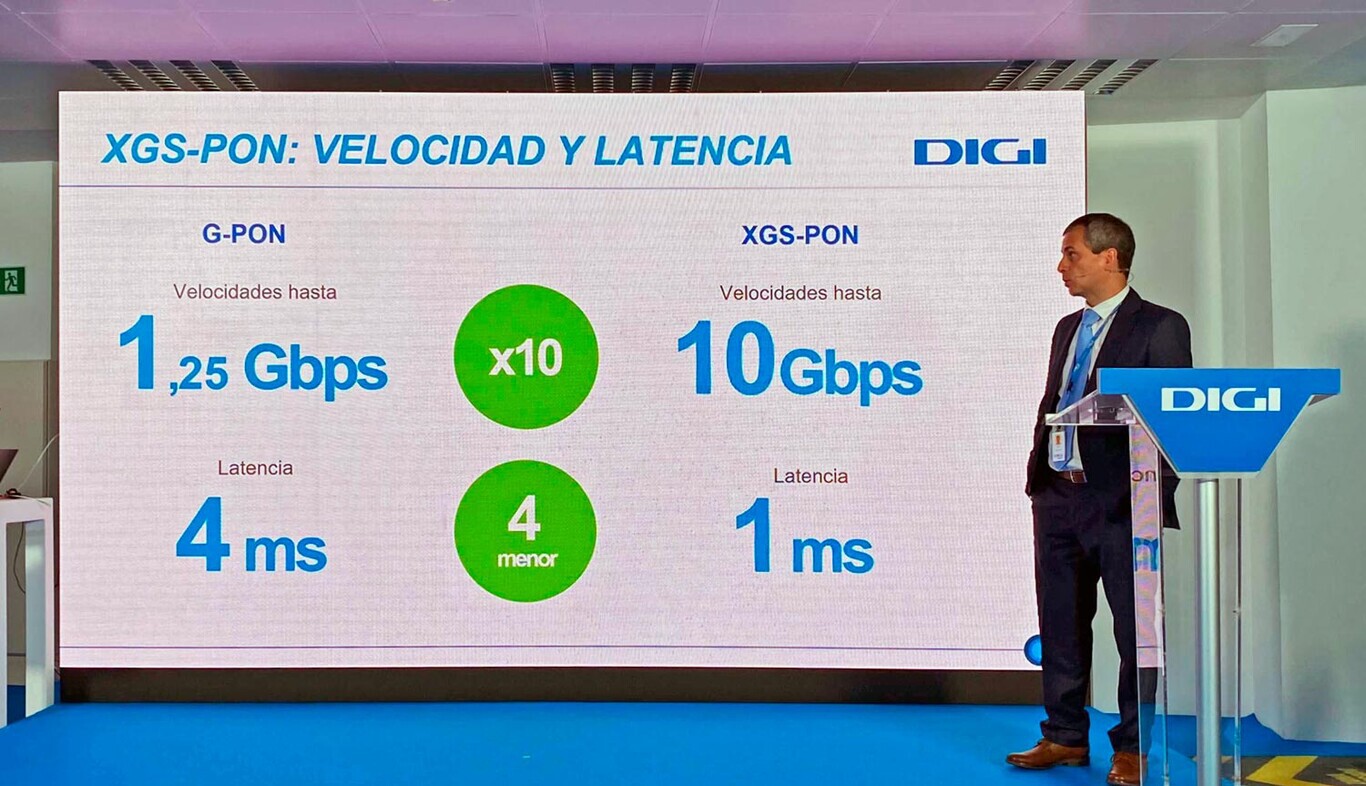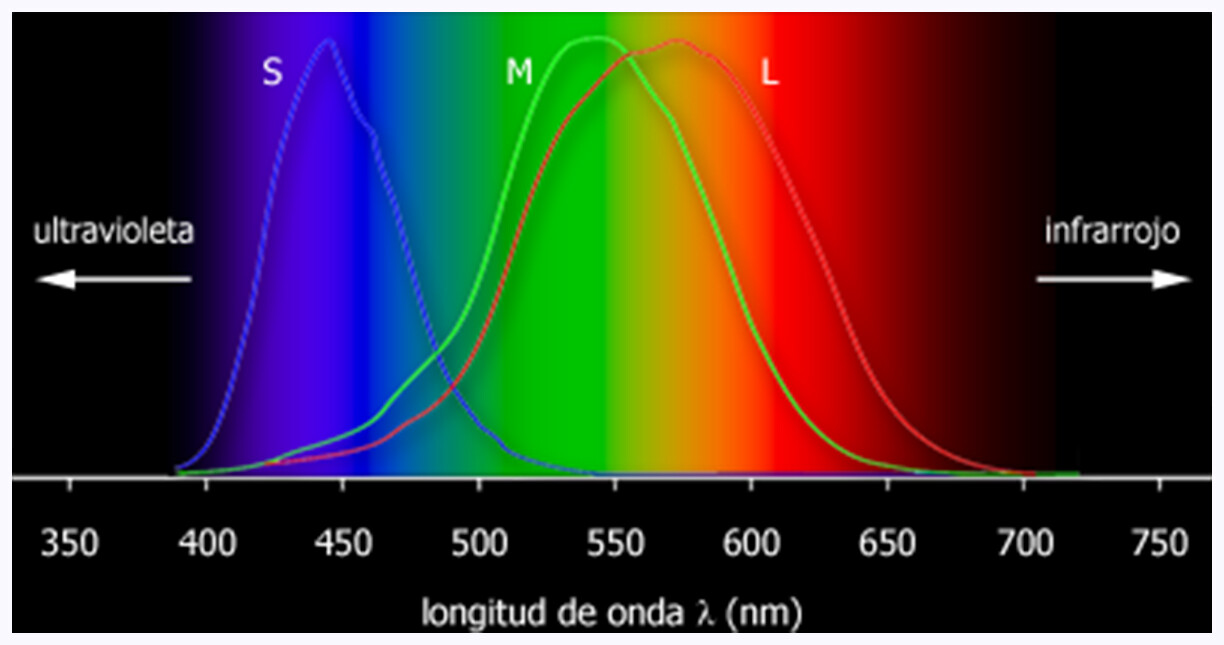It seems like 1,000 years have passed since the oldest people in the place connected to the Internet at 14,400 baud with modems that made as much noise as a diesel engine and beeped like a broken R2-D2, but luckily everything has evolved. After a few years, broadband arrived, and ADSL has finally given way to fiber optics, which still has much to offer us.
Despite the fact that fiber speeds are rising in a fairly orderly way, the truth is that there are key moments in its evolution that allow it to continue into the future and the last of them has been the arrival of the XGS-PON standard. That is the standard that will allow our fiber connections to fly at symmetrical 10Gbps, something that in fact has already begun to be marketed in Spain with DIGI or Orange.
What exactly is the XGS-PON standard
The XGS-PON is a standard for communications through passive optical networks that belongs to the family of which bears the surname, the PON (Passive Optical Networks). Throughout their evolution they have been gaining surnames such as A-PON or B-PON, such as G-PON or Gigabit PON that jumped to Gbps speed. These include the recent XGS-PON whose name is somewhat more complex. Here we have the X standing for 10 (Roman numerals, you know), the G for Gigabit and the S for symmetric. So "10" "gigabits" "symmetric".
Although we are talking about 10Gbps, these figures are usually rounded off and not entirely true, although in the case of XGS-PON they are quite close to reality. With the XGS-PON, upload and download speeds of up to 9.953Gbps can be achieved . And when we take the next step to NG-PON2 networks, whose standard is already defined but still in testing, we will be able to obtain between 40 and 80Gbps symmetrical.
Note: in the middle of the G-PON and the current XGS-PON came the XG-PON (also known as 10G-EPON) without the S for symmetry, so: asymmetric and with 10Gbps upload and 2.5Gbps download.
When we refer to it as a passive optical network standard, we mean exactly that, that there is no active element in the network. There are no optical amplifiers across the network, for example, which would require power to operate. Neither the fiber is fed nor are there components in any of its divisions that drive the network.
Passive optical networks are formed, very briefly, by three different types of components, namely:
-
An OLT module located in the central node of the network.
-
An optical splitter or splitter.
-
Several optical network units or ONUs in our home.

The color of speed
And how do the ups and downs coexist in this passive network? By wavelengths. We are talking about optical networks and what travels through them is light. Thanks to WDM, or wavelength division multiplexing, we have one wavelength for data arriving at our home and another wavelength for data leaving our home. Or speaking a little more in Christian, the light that comes has one color and the light that goes has another color. Specifically, 1,577 nanometers for downloads and 1,270 nanometers for uploads.
Earlier we talked about NG-PON2 networks, the next step in the evolution of passive fiber optics. In the current XGS-PON, as in all iterations since the initial G-PON, only one wavelength can be 'carried' for each direction. One color goes out, one color goes in. But with the NG-PON2 it will be possible to transport 4 colors in each direction in its first version, and we will get to transport 8 colors in the second. That will multiply the XGS-PON by 4 and by 8, hence we can reach 40Gbps and symmetrical 80Gbps when they are finally implemented.






